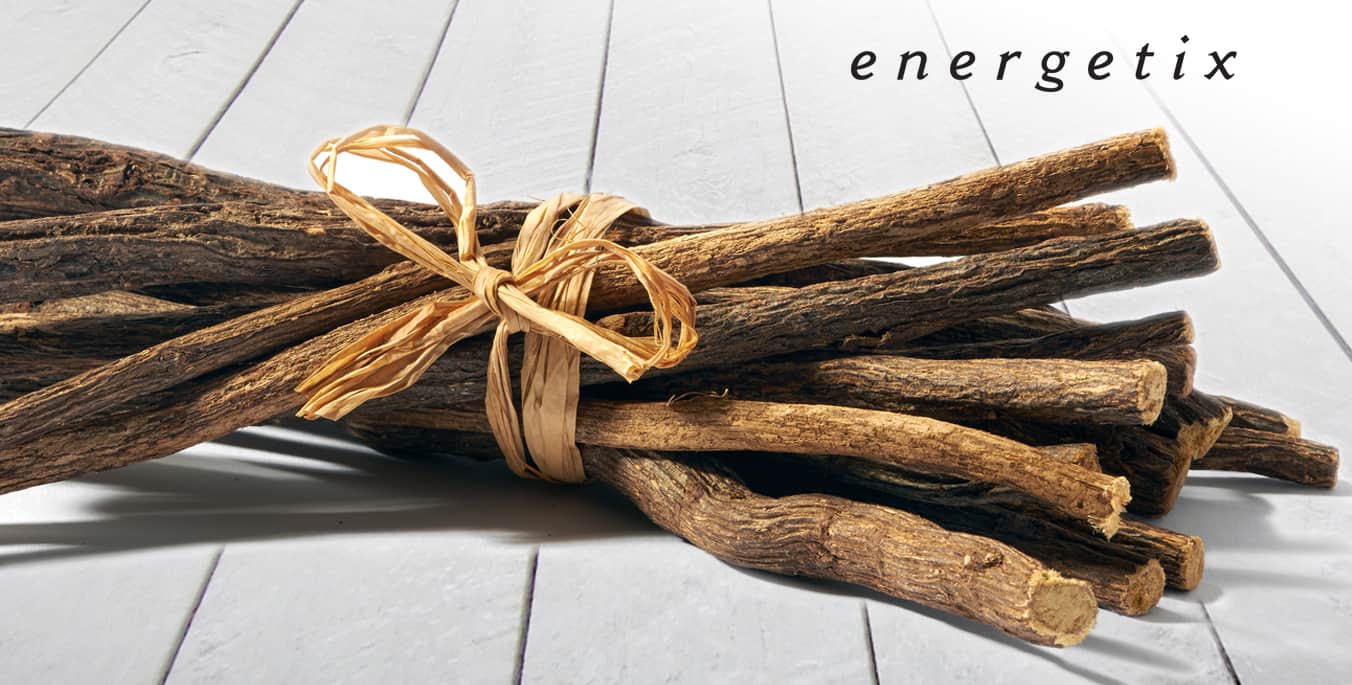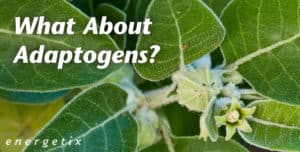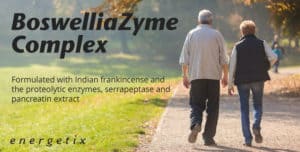There’s Glycyrrhiza glabra (common licorice) and there’s deglycyrrhizinated licorice (DGL), but what’s the difference? To find out, let’s go to the root! | |
Common licorice and DGL both start from the same extract from the rhizomes (underground stems) of glycyrrhiza glabra. The extract taken from this unique plant contains glycyrrhizin (GL), which provides the main distinction between DGL and common licorice: DGL has most of the GL removed. Glycyrrhizin, a triterpenoid saponin found in common licorice, was thought to be the sole constituent responsible for licorice’s benefits. However, when the GL was removed to be used as a sweetener, DGL was found to have similar benefits without the side effects associated with consuming excessive amounts of licorice containing GL such as increased blood pressure, swelling in the tissues, and lower potassium levels. The GL is not removed in totality in DGL, but less than 3% remains, making it a safer option that can be used for longer periods of time if needed. The latest product coming to Energetix is DGL Chewable, deglycyrrhizinated licorice root extract in a cinnamon flavored tablet. Look for this new product coming soon! |




